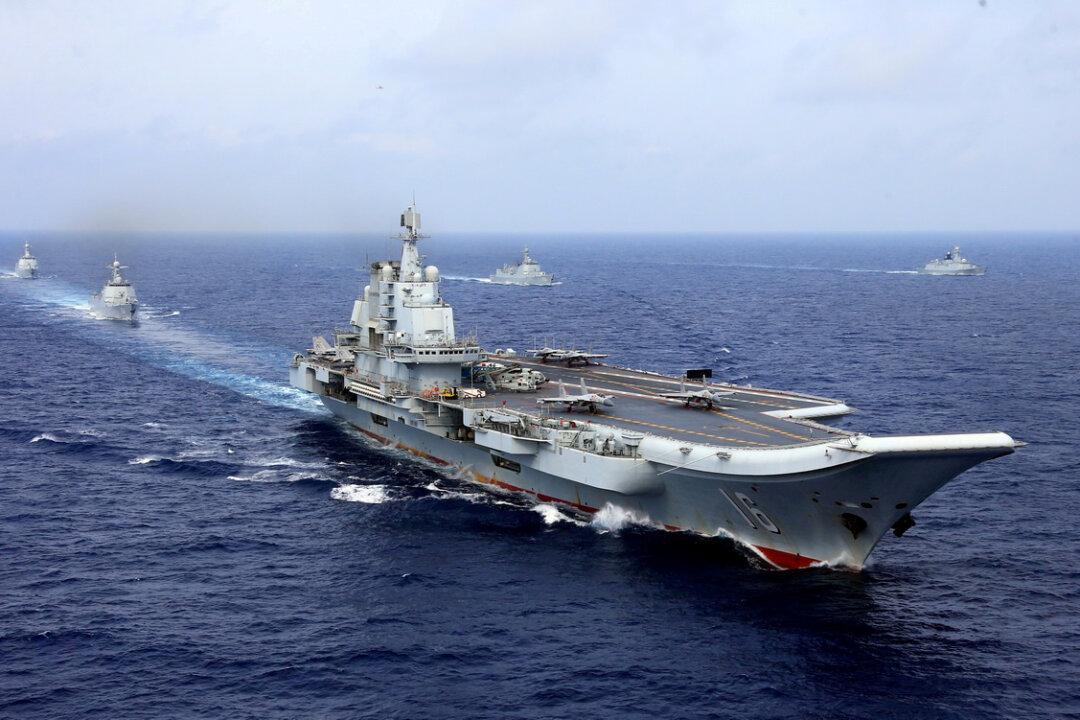Commentary
In the early 2010s, China started building a constellation of artificial islands in the Spratly Islands. At the time, the Chinese Communist Party (CCP) leadership promised not to militarize these islands.

In the early 2010s, China started building a constellation of artificial islands in the Spratly Islands. At the time, the Chinese Communist Party (CCP) leadership promised not to militarize these islands.